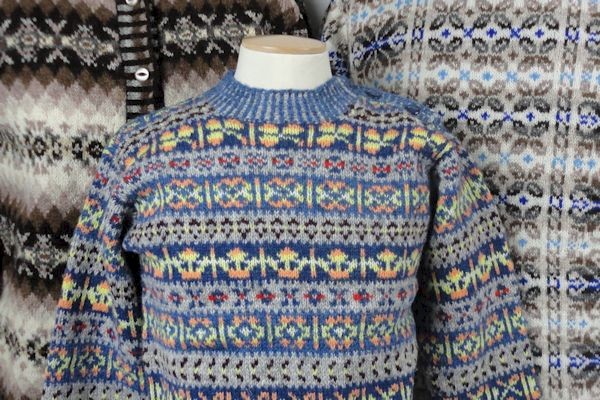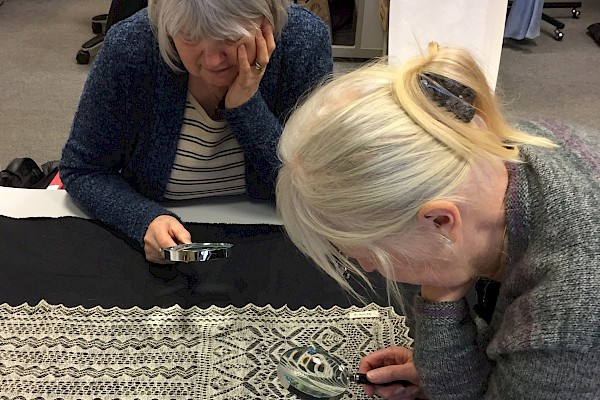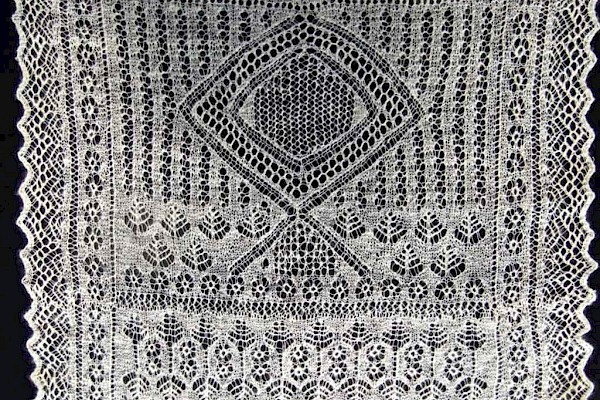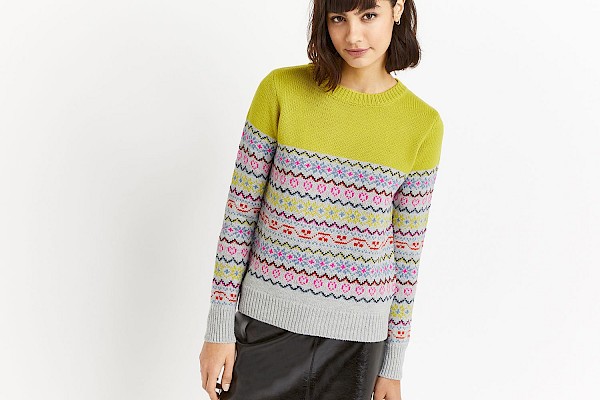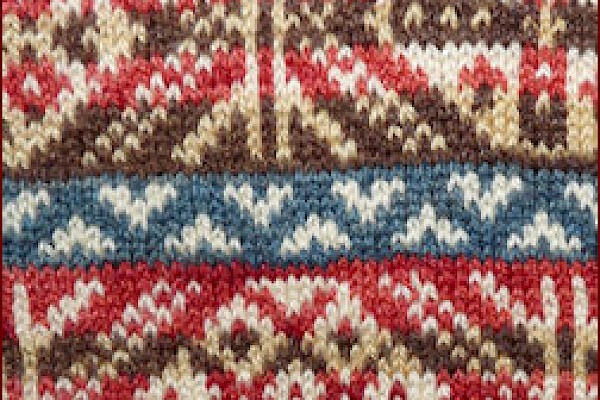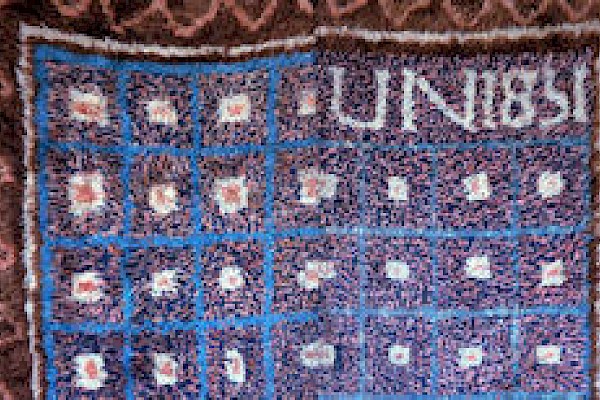Textiles
In the 19th century textiles became a commercial force in Shetland, enabling women to support family incomes. Islanders developed new products and adopted imported tools, while maintaining a focus on traditional hand production and finishing.
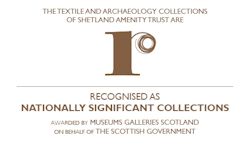 Our collection encompasses changes in style from the early 19th century through the 20th century, with a focus on the cottage industry of hand-making fabrics and garments. In 2013, the Textile collection cared for by Shetland Museum and Archives was deemed a Recognised Collection of National Significance in Scotland.
Our collection encompasses changes in style from the early 19th century through the 20th century, with a focus on the cottage industry of hand-making fabrics and garments. In 2013, the Textile collection cared for by Shetland Museum and Archives was deemed a Recognised Collection of National Significance in Scotland.
Knitwear was the most common product made of wool in Shetland. Plain knitting used to make stockings, caps, underwear, haps (thick shawls), gloves and scarves was the mainstay of the industry. Fair Isle knitwear is the most famous product of these islands. It was worn by fishermen and sold to tourists. Our collection has examples from pre-commercial garments circa 1850 to high fashion items of the 20th century.
Fine lace was a prestigious product that made Shetland’s handspinners and knitters renowned. The Museum’s shawls and stoles are perhaps the most intricate garments you will ever see. Wealthy buyers, including the aristocracy and royalty, valued these in the 19th century.
Commercial weaving developed in Shetland by 1900. Shetland tweed was exported world-wide. The collection holds important sample books spanning a century of tweed manufacture.
Besides clothing, we hold traditional textile tools, many of which were hand-made in the islands. The collection contains spinning wheels, hand-cards and woolcombs, knitting sheaths and belts, garments boards for finishing, and looms.
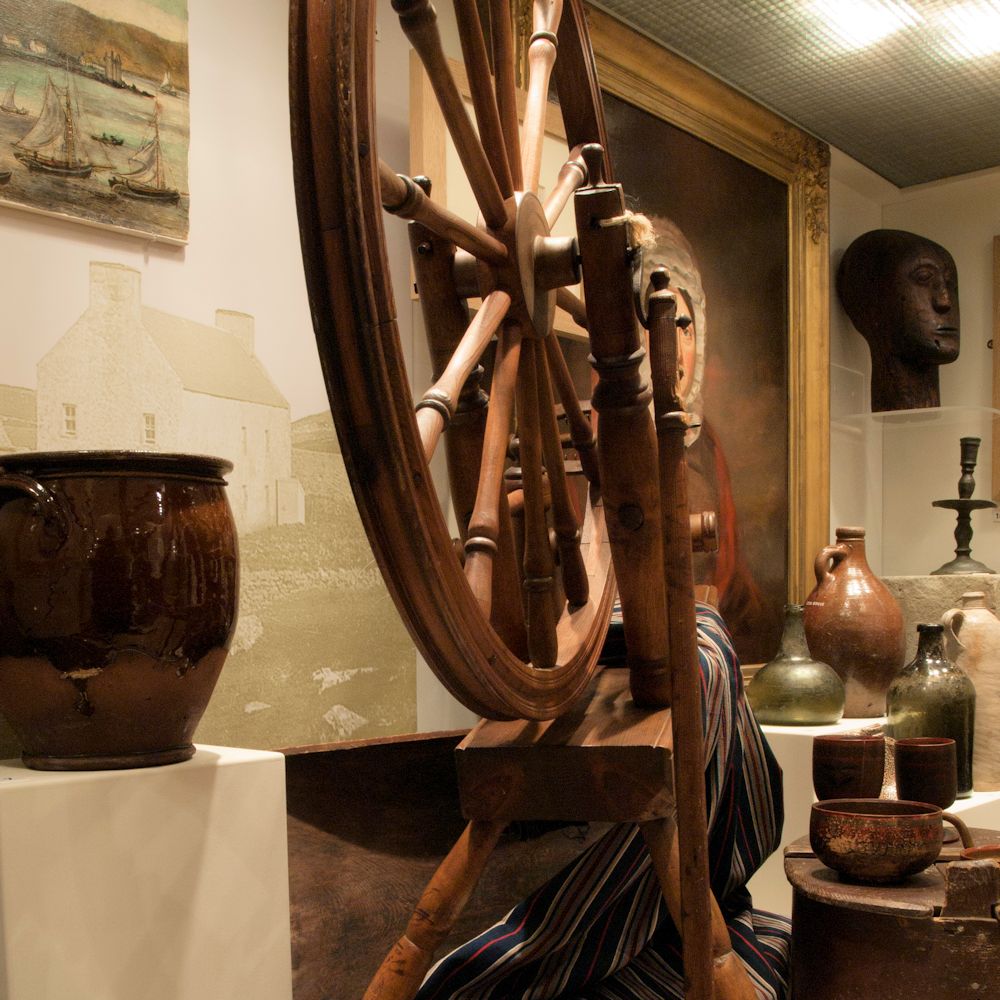 View Full Size
View Full Size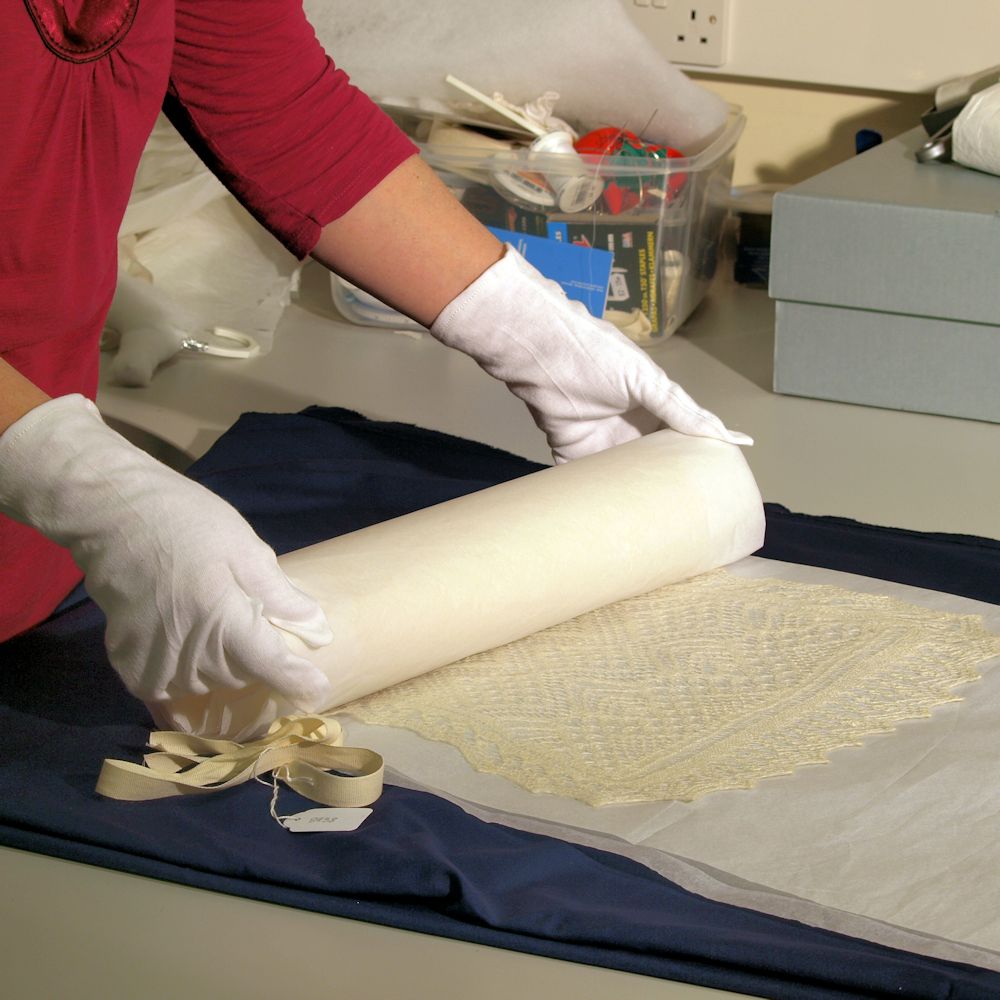 View Full Size
View Full Size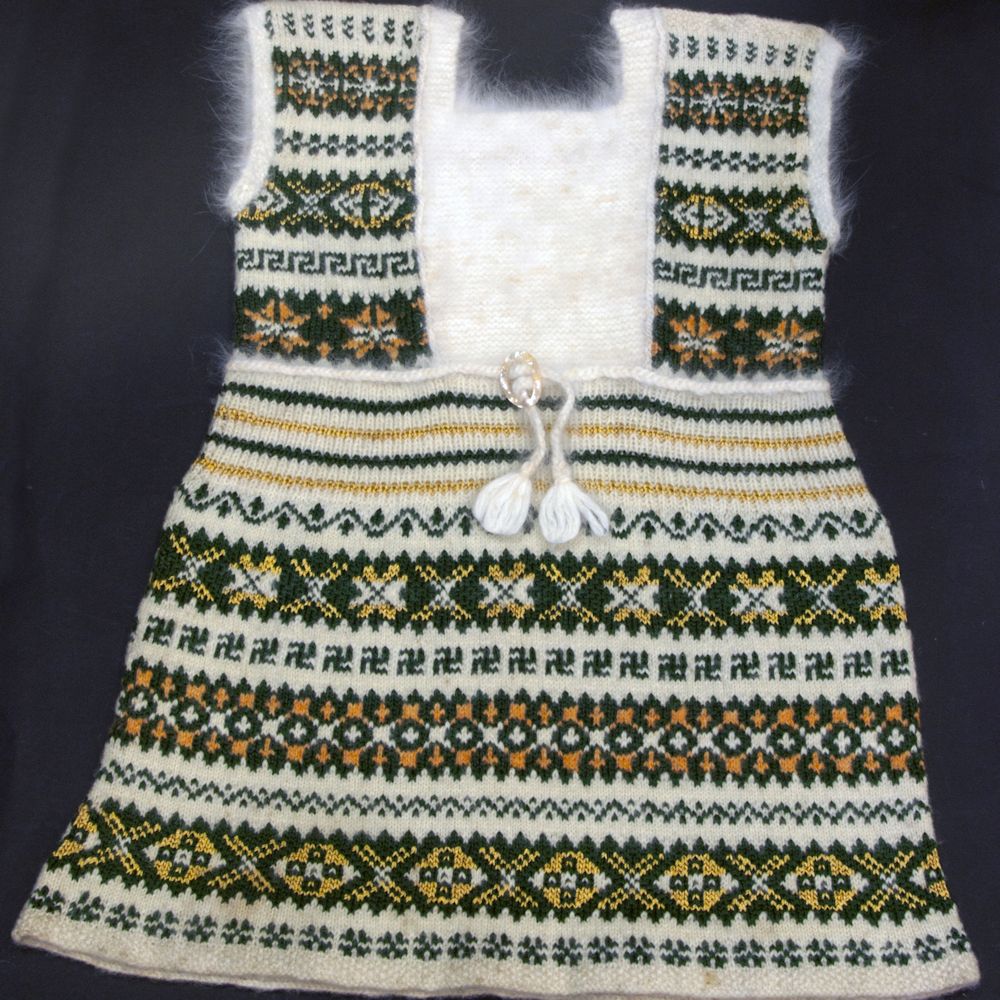 View Full Size
View Full SizeStudy Day Broadcast – Authenticity in Culturally-based Knitting
On Saturday 5th March 2016, Shetland Museum and Archives hosted a study day on the topic of Authenticity in Culturally-based Knitting. Research and exhibition materials related to the Study Day can be viewed here.
The event explored definitions of ‘traditional’ in Shetland knitwear design, the promotion, branding and marketing of ‘authentic’ Shetland knitwear, and how designers and industry are helped or hindered by a strong basis in heritage. These issues have implications for other types of craft, beyond textiles.
The event was broadcast live online, and can be viewed from the window above. Refer to the programme for the contents of the separate broadcast parts.
